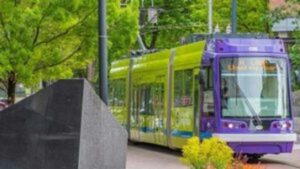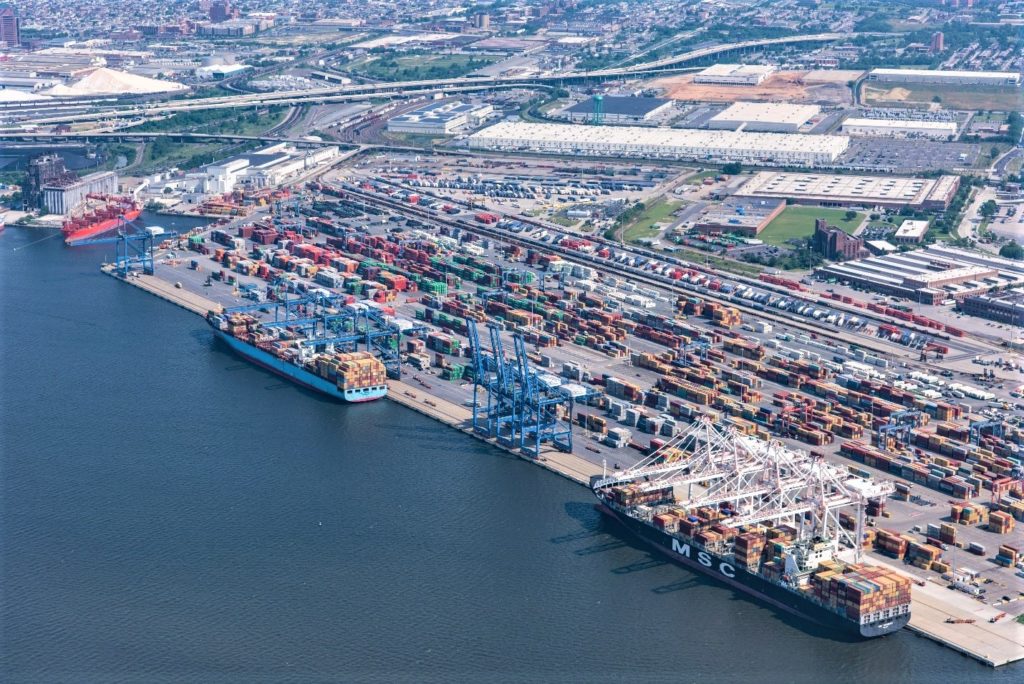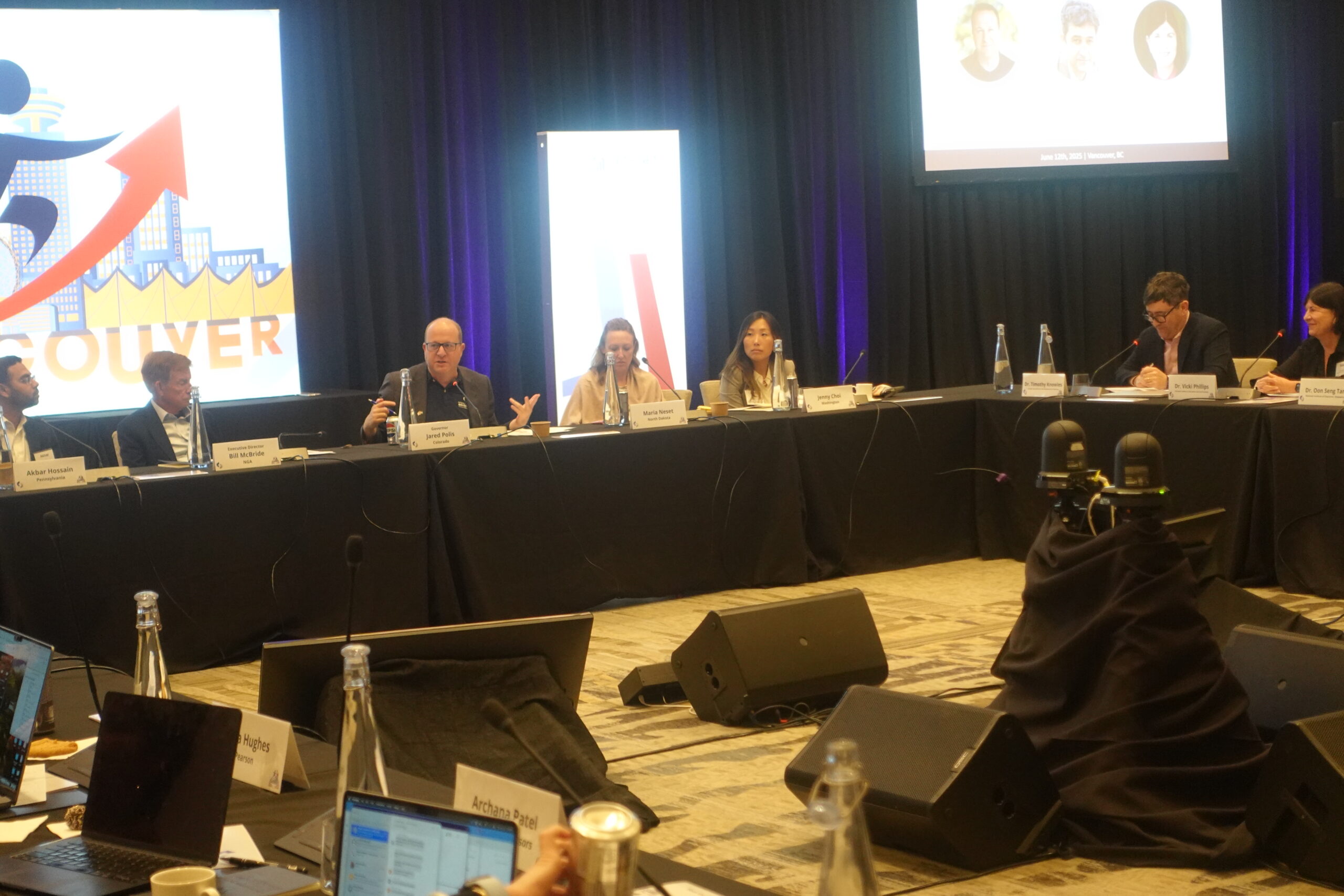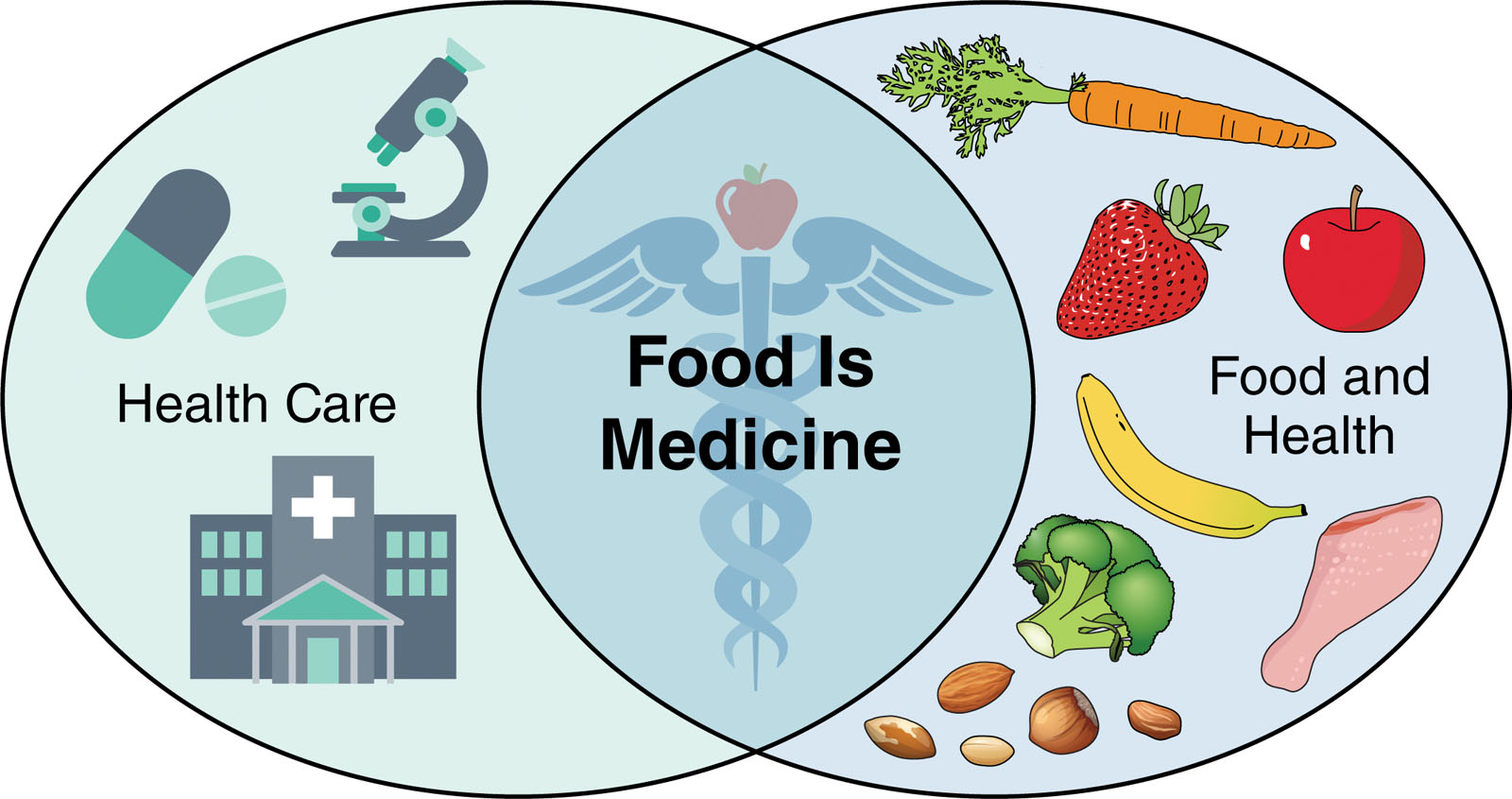Governors across the country are exploring the use of alternative infrastructure delivery models and innovative funding and financing approaches to deploy a wide range of infrastructure projects in their states and territories. As funds begin to flow from the Infrastructure Investment and Jobs Act (IIJA), CHIPS and Science Act and Inflation Reduction Act (IRA), innovative delivery and funding/financing models can be leveraged to accelerate projects, reduce costs, enhance delivery timeframes, and free public resources for other priorities and projects.
The NGA has created this resources hub to provide information to assist with building capacity in these areas. This page explores a range of tools available that Governors and their staff may want to explore further to deliver infrastructure projects.
Infrastructure Insights
We have collated resources from NGA partners to assist Governors and their staff with implementing the IIJA. These resources leverage the expertise of NGA partners to provide insights to assist with delivering specific program areas and cross-program tools and best practices.
Alternative Project Delivery Models

Infrastructure projects have traditionally been delivered using a design-bid-build approach, whereby private contractors deliver projects based on a public design utilizing public funds (this is also known as traditional procurement). The projects are then operated and maintained by public agencies over the life of the asset.
Alternative project delivery involves the public infrastructure owner (or “project sponsor”) entering into contractual arrangements that involve greater participation of the private sector, through the transfer of additional project responsibilities and risks from public owners to private sector contractors.1 Alternative procurement has been pursued by states and territories as a way to accelerate projects, reduce costs and improve project outcomes. Different types of alternative delivery models have been deployed across the country, including the following:
- Design-Build Delivery – under this approach, the design team and construction contractor are selected together by the public agency through a bidding process and work under a single contract.2 Unlike traditional procurement, the design-build entity assumes the majority of design work (following some preliminary work by the public agency) as well as all construction activities, together with risks associated with delivering these services.3
- Operations and Maintenance Contracts – this involves the addition of operations and maintenance responsibilities to an agreement with the private sector. This can happen either through creating a design-build-operate-maintain (DMOB) contract, whereby the contractor is responsible for design, construction, and long-term operation and/or maintenance services, or through a separate operations and maintenance contract with the private sector for either new (greenfield) or existing (brownfield) infrastructure assets.
- Progressive Design-Build – with this method, the public owner selects a design-build contractor early on based on qualifications and experience. Once the designs are worked up to a particular point (usually 40-60 percent complete), the contractor will provide a commercial proposal to the government agency for negotiation. If an agreement for the completion of design and construction cannot be reached with the original contractor, then the owner can work with another private sector entity for the completion of the project.4
- Construction Manager/General Contractor (CM/GC) – with CM/GC procurement, the project sponsor enters into an agreement with a construction manager to provide advice during the design phase of a project. Like design-build, the construction manager is selected competitively based on qualifications and experience and has the option to put forward a commercial proposal to be the general contractor. However, unlike design-build and progressive design-build, responsibilities between the CM/GC and design team remain split under two separate agreements.5
- Project Bundling – this approach centers on the delivery of a group of infrastructure projects through a single contract. The most common type of project bundling deployed in the U.S. has been for the delivery of a multiple projects of a specific asset class, such as a group of bridges within a specific state (horizontal bundling). Another form of project bundling that has been gaining traction involves the construction of diverse infrastructure assets within the same geographical area through one contractual agreement (place-based bundling).
Latest from Governors:
- Kentucky Governor Andy Beshear Announces Design-Build Team Executing $9.5 Million Project to Improve Highway Safety Along Interstates Prone to Wrong-Way Crashes (press release) – February 8, 2024
- Tennessee Governor Bill Lee Signs Transportation Modernization Act (press release) – April 17, 2023
- Ohio Governor Mike DeWine and Kentucky Governor Andy Beshear Announce Brent Spence Bridge Design-Build Team (press release) – July 27, 2023
- Illinois Governor JB Pritzker Signs Legislation to Modernize Infrastructure Improvement Processes (press release) – June 15, 2022
Additional Resources:
- Nebraska Department of Transportation, Accelerated Project Delivery Methods
- Federal Highway Administration – Center for Innovative Finance Support – Alternative Project Delivery
- Design Build Institute of America
Public Private Partnerships
Public private partnerships (P3s) are a form of alternative procurement which fully leverage the resources and expertise of the private sector. P3s can be distinguished from other alternative project delivery approaches in that they involve an element of private financing (equity and/or debt).6 For example, many highway P3s adopt the design-build-finance-operate-maintain (DBFOM) model, whereby the private sector contractor or “concessionaire” is responsible for the construction, long term operation, and financing of the project.
Public private partnerships take a variety of forms or combination thereof. Under traditional economic P3s, the private sector concessionaire or consortium finances a project with revenues derived partially or fully from tolls or other user fees. With availability payment P3s, the private developer is entitled to payments from the government following completion of the project, which cover operating and/or maintenance costs, debt servicing costs and equity returns. Long-term concessions on existing assets are another form of public private partnership, which are discussed in further detail below.
P3s have traditionally been adopted in the transportation sector, but their use has expanded into energy, broadband, school infrastructure, water, affordable housing projects and so forth in recent times. While often put forward as a solution to constrained public finances, the main benefit of P3s is their ability to accelerate projects, reduce costs and foster innovation. Public private partnerships, however, may not be the right approach for procurement in many cases.
Latest from Governors:
- Major Step Forward in New I-10 Bridge as Louisiana Department of Transportation and Development and Calcasieu Bridge Partners Achieve Financial Close (press release) – August 15, 2024
- U.S. Virgin Islands Governor Albert Bryan Jr. Unveils Groundbreaking P3 Partnership to Propel USVI Airport Infrastructure Development (press release) – April 5, 2024
- Virginia Governor Glenn Youngkin Celebrates Opening of 95 Express Lanes Fredericksburg Extension (press release) – August 16, 2023
- Tennessee Governor Bill Lee Signs Transportation Modernization Act (press release) – April 17, 2023
- New York Governor Kathy Hochul Announces Groundbreaking of $9.5 billion new Terminal One in a Major Step Forward for Port Authority’s JFK Transformation –September 8, 2022
Additional Resources:
- NGA, Governor’s Initiatives to Enhance Planning, Delivery and Success of Major Infrastructure Projects
- Build America Bureau – Public-Private Partnerships resources page and P3 library
- Federal Highway Administration – Center for Innovative Finance Support – Public-Private Partnerships resources page
- University of Maryland’s Build America Center
- Center of Development Finance Agencies – Public-Private Partnership Finance Resource Center
- Department of Commerce National Telecommunications and Information Administration – Case Studies in Public Private Partnerships
Long-term Asset Concessions and Asset Recycling

Long-term asset concessions are a type of P3 which involves the lease of existing (brownfield) public assets to private sector concessionaires for a specific period of time. During the lease, the private concessionaire has the right to collect user fees or tolls from the facility in exchange for an upfront concessions fee and an obligation to operate, maintain, and in some cases, improve the facility. Long-term concessions have been adopted by states and territories in a range of sectors, including toll roads, airports, the electricity grid and energy generators.
Some observers use the term long-term asset concessions interchangeably with the phrase “asset recycling”. Others define asset recycling as an additional step which encompasses the setting aside of funds received through long-term concessions into a dedicated infrastructure fund. These resources are then re-allocated (or recycled) towards new infrastructure investments. This approach is relatively novel in the U.S. to-date but has been deployed in several other countries.
Latest from Governors:
Additional Resources:
- USDOT’s Build America Bureau – Innovative Finance and Asset Concession Funding Program Website (applications for first funding round due May 10, 2024)
- NGA, Governor’s Initiatives to Enhance Planning, Delivery and Success of Major Infrastructure Projects
- Federal Highway Administration – Center for Innovative Finance Support – Asset Recycling Page
Federal Loan, Loan Guarantee and Private Activity Bond Program

Several federal agencies have legislative authority to issue low-cost loans, loan guarantees and other financial instruments to support infrastructure investments made by states and territories. This includes the U.S. Department of Transportation (USDOT) and the U.S. Department of Energy (DOE).
U.S. Department of Transportation’s Build America Bureau
USDOT’s Build America Bureau (BAB) is responsible for issuing and managing financing programs which support transportation infrastructure investments in states and territories. Programs administered by BAB include:
- Transportation Infrastructure Financing and Innovation Act (TIFIA) Program – offers low interest rate loans of up to 75 years for qualified transportation projects of regional and national significance by public agencies. The standard TIFIA loan can provide up to 33% of a project’s total costs, but this increases to up to 49% of project costs for transit and transit-oriented development projects under the TIFIA 49 Initiative.
- TIFIA Rural Project Initiative – loans for up to 49% of project costs at a significantly discounted interest rate for eligible transportation projects between $10 million and $100 million which are located in qualified rural areas.
- Railroad Rehabilitation and Improvement Financing (RRIF) Program – a long-standing program which provides low interest rate loans for up to 100% of project costs to public agencies, and for up to 35 years, to finance development of railroad (passenger and freight) infrastructure. This includes rail equipment improvements, new intermodal or railroad facilities and transit-oriented development projects.
- Private Activity Bonds (PABs) – these are tax-exempt bonds issued to finance major transportation infrastructure projects. With PABS, the issuer is the state or local government entity on behalf of a private sector financing partner, who can then benefit from the tax-exempt characteristics of these bonds. USDOT’s role is as approver of the issuance of this type of debt instrument by state and territory government entities.
In addition to BAB transportation lending programs, Federal Highway Administration oversees the issuance of Grant Anticipation Revenue Vehicles (GARVEE) loans, which also supports new transportation infrastructure projects. GARVEEs are debt issued (usually bonds) by states and territories which are backed by, and repaid with, specific Federal-aid funds. States and territories must receive approval from the Federal Highway Administration for prospective GARVEE loans prior to issuance.
Department of Energy’s Loan Program Office
The Loan Program Office (LPO) is DOE’s financing arm which provides loan and loan guarantees in support of energy infrastructure projects. LPO’s authority was expanded by provisions in the Infrastructure Investment and Jobs Act (IIJA) and Inflation Reduction Act (IRA), and the office is now responsible for managing seven loan programs. LPO’s objective is to provide debt for the construction of private and public sector energy projects which are challenged in obtaining adequate debt financing on competitive terms in the private market.7 LPO cannot provide loan guarantees to projects that receive other federal support such as grants, but it does allow for the stacking of LPO support with federal tax credits.8 LPO programs include:
- Title 17 Clean Energy Financing Program – Innovative Clean Energy (s. 1703) – provides loans and loan guarantees to projects that deploy a new or improved energy infrastructure technology that is technically proven but not widely commercialized. This and the other section 1703 programs have a combined total loan and loan guarantee authority of $40 billion from the IRA and an additional $15 billion from the Consolidated Appropriations Act 2023.9
- Title 17 Clean Energy Financing Program – Innovative Supply Chain (under s. 1703) – this program financially supports projects that either employ new or significantly improved technology in the manufacturing process or support the deployment of new manufacturing components.
- Title 17 Clean Energy Financing Program – State Energy Financing Institution (SEFI) – Supported Projects (under s. 1703) – provides additional loans and loan guarantees for the deployment of qualifying clean energy projects which receive meaningful financial support from a state agency or state financing authority.
- The Energy Infrastructure Reinvestment Financing program (s. 1706) – this new IRA program finances projects that retool, replace or repurpose energy infrastructure that has ceased operations, or enable operating energy infrastructure to avoid, reduce, utilize, or sequester emissions. This program was provided with authority to issue up to $250 billion in loan guarantees in the IRA.
In addition to USDOT and DOE, other federal agencies manage loan programs in support of infrastructure deployment. This includes the Environmental Protection Agency (EPA), which manages the Water Infrastructure Finance and Innovation Act (WIFIA) program, and the United States Department of Agriculture’s Rural Utility Service, which manages several rural infrastructure loan and loan guarantee programs.
Additional Resources:
- USDOT’s Build America Bureau home page
- Loan Program Office home page
- Loan Program Office Portfolio Project Map
- Loan Program Office Title 17 Clean Energy Financing Program Overview Handout
- Loan Program Office Top 10 Questions for applicants
- USDA’S Rural Utilities Service home page
Value Capture and Tax Increment Financing

An infrastructure project has the potential to increase land values in the vicinity through improving accessibility and/or environmental outcomes in adjacent locations. Value capture mechanisms are used to derive a revenue stream from any land value uplift that may occur once the infrastructure is operational. Value capture mechanisms include:
- Special Assessment Districts – these are defined geographical areas that are expected to benefit from the infrastructure investment, whereby a proportion of property taxes received are dedicated to funding the investment.
- Tax Increment Financing – this approach combines revenue streams derived within a special district area with financing arrangements (i.e., bond issuance) to provide upfront resources to deliver the project.
- Sale or Lease of Surplus Government Land – new infrastructure investments can increase the value of adjacent government-held land, such as land around transportation infrastructure. This land can be sold or leased to private developers, such as through transit-oriented development, generating additional revenue.
Most value capture strategies have been implemented by local government. However, there are instances where value capture has been used at the state level to support project funding, such as the new Moynihan Train Hall in New York.
Additional Resources:
- Council of Development Finance Agencies Tax Increment Finance Resources Center
- Federal Highway Administration Center for Innovative Finance Support – Value Capture
- Build America Bureau’s Transit Oriented Development resources page
- Federal Transit Authority’s Value Capture resources page
State Infrastructure Banks

State infrastructure banks offer direct, low-cost loans and various forms of credit to public and private entities within a state to finance transportation, energy, water, and wastewater projects. State Infrastructure Banks can be financed with federal resources, including federal grants and Transportation Infrastructure Finance and Innovation Act (TIFIA) loans, and/or state funds. Several states have also established “green banks”, which share similar functions with state infrastructure banks but support investments in clean energy projects.
Like State Infrastructure Banks, Revolving Loan Funds are created by state governments to offer loans to public and private entities to assist with the delivery of infrastructure or for economic development purposes. Additional loans can be issued by the fund for new projects as debt is repaid from previous loans. Revolving loan funds are most commonly associated with EPA’s Drinking Water and Clean Water Revolving Loan Funds, which support infrastructure improvements and maintenance in community water systems.
Latest from Governors:
- Rhode Island Governor McKee, Rhode Island Infrastructure Bank Announce Opening of Municipal Matching Funds Pool (press release) – November 8, 2023
- Nevada State Infrastructure Bank Approves Largest Charger School Investment in History, to Add 7,500 Charter School Seats in Underserved Communities (Governor Joe Lombardo press release) – October 30, 2023
- Michigan Governor Whitmer and MDOT Announces Loans to Repair and Improve Infrastructure in Ontonagon and Oakland Counties (press release) – August 22, 2023
Additional Resources:
- NGA, Green Banks: An Overview for Governors
- Build America Bureau – State Infrastructure Banks webpage
- Federal Transit Authority – State Infrastructure Banks
- Council of Development Finance Agencies – Revolving Loan Funds Resources Page
- National Renewable Energy Laboratory (NREL) – Green Banks | State, Local, and Tribal Governments
- U.S. Economic Development Administration – Revolving Loan Fund Program
- Environmental Protection Agency – How the Drinking Water State Revolving Fund Works
Energy Service Performance Contracting
Energy Savings Performance Contracting is a commonly used model in which a state or private facility contracts with an energy service company (ESCO) to perform energy and resilience retrofits to achieve a guaranteed level of energy or water savings. The ESCO fronts the cost of the retrofit and is repaid over time by the owner through cost reductions derived from future energy savings.10
Additional Resources:
- National Governors Association and National Association of State Energy Officials, State Governance, Planning, and Financing to Enhance Energy Resilience, 2021
- U.S. Department of Energy – Energy Savings Performance Contracting
- Maryland Energy Administration – Energy Performance Contracting
- American Council for an Energy-Efficient Economy – Energy Savings Performance Contracting

To follow NGA’s ongoing activities and support for infrastructure implementation, please visit: https://www.nga.org/bestpractices/infrastructure/
Endnotes
- [1] U.S. Department of Transportation Federal Highway Administration Center for Innovative Finance Support webpage ↩︎
- [2] Nebraska Department of Transportation, Accelerated Project Delivery Methods page ↩︎
- [3] USDOT’s Federal Highway Administration, Center for Innovative Finance support, Design-Build webpage ↩︎
- [4] Design-Build Institute of America, Progressive Design-Build Primer ↩︎
- [5] U.S. Department of Transportation Federal Highway Administration, Construction Manager/General Contractor webpage. ↩︎
- [6] USDOT, Public Private Partnerships Procurement: A Guide for Public Owners, March 2019 ↩︎
- [7] Loan Program Office, Title 17 Program Guidance ↩︎
- [8] Loan Program Office, Title 17 Clean Energy Financing page and webinar ↩︎
- [9] Loan Program Office, Title 17 Program Guidance ↩︎
- [10] Department of Energy, Energy Savings Performance Contracting State and Local Solutions Center ↩︎













